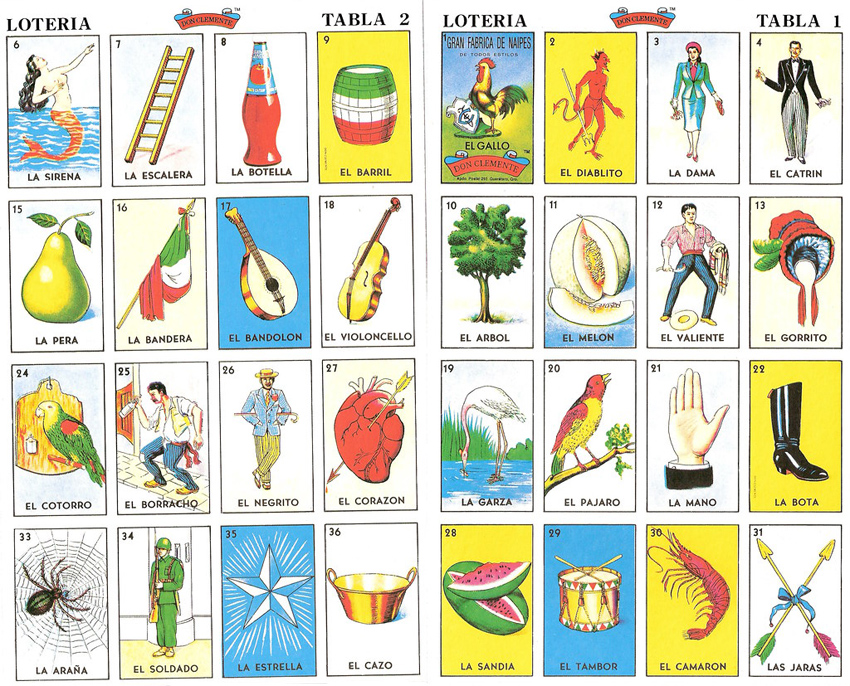
by Joseph Toone
The lottery (Lotería) originated in Italy in the 15th century and was brought to New Spain (Mexico) in 1769. In the beginning, Lotería was a hobby of the upper classes, but eventually it became a tradition at Mexican fairs and spread throughout the classes.
Playing Lotería is similar to bingo, though more visually and intellectually engaging. Also, the Loteria card has images on it, rather than numbers. In Lotería, the announcer gives an improvised short poem or familiar phrase alluding to an image on one of the cards. If you understand the hint and the image is on your card, then you place a chip, bean, corn kernel or whatever on that spot. Once a predefined pattern is formed (like four in row or column), the winner shouts "Lotería!" to win the game and receive the prize.

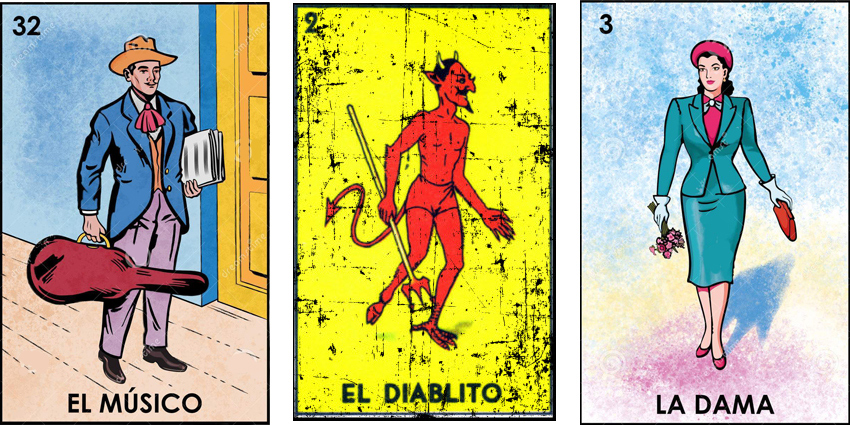
For example, the announcer might give the clue "The coat for the poor" for the image of the sun, or "The one who dies by the mouth" for the image of the fish. Poetic license is afforded to the announcer of Lotería. His or her cleverness is often location specific. That is, he make make tame remarks at a church event versus remarks at home with family and friends that feature more innuendos to sex or politics.
Because the 54 Lotería cards include the name of the pictured character, they are used to teach reading, writing, history and social values. Popular cards include the sirena (mermaid), dama (lady), catrin (fancy man) and barracho (the drunk).
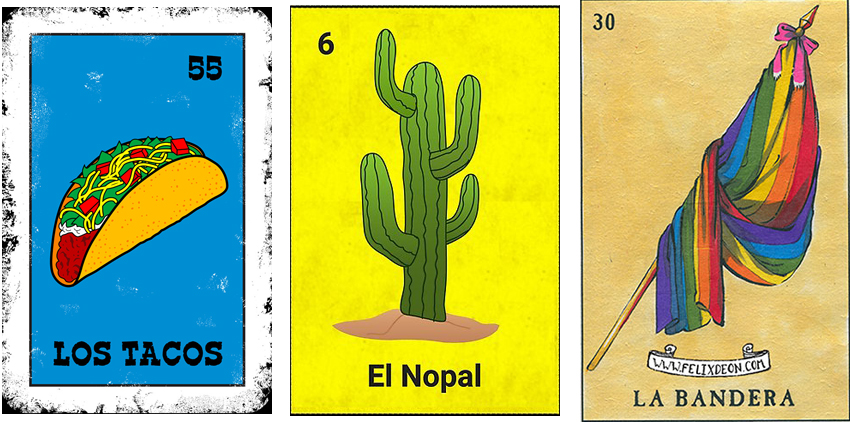
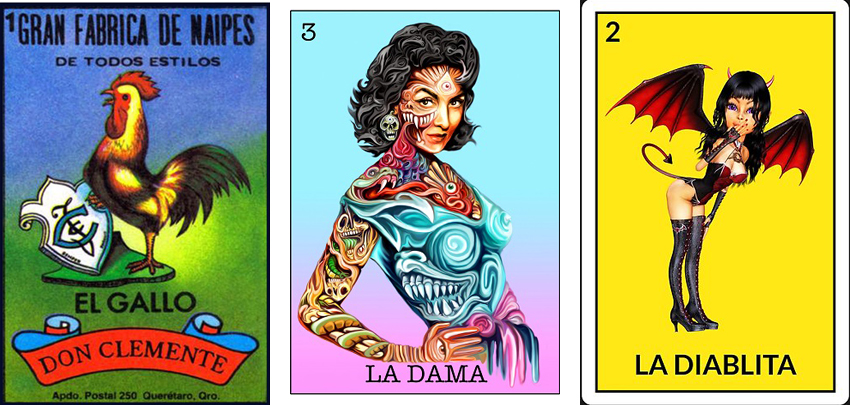
There have been a few versions of the game. In 1887 French businessman Don Clemente Jacques revised the images of the original game. The "Don Clemente Gallo" version is the most recognizable version of Lotería. The Don Clemente company still owns the trademark of the images and manufactures the game in Mexico.
In the 1930's, a liturgical Lotería circulated in which all the images were related to the Catholic faith. It was more of an educational game for the Catholic Church.
In 2001, the Don Clemente Gallo company commissioned artist Teresa Villegas to revise the images of the game. Still it is the older version of the cards' images you'll most often see featured on murals, clothing and accessories.
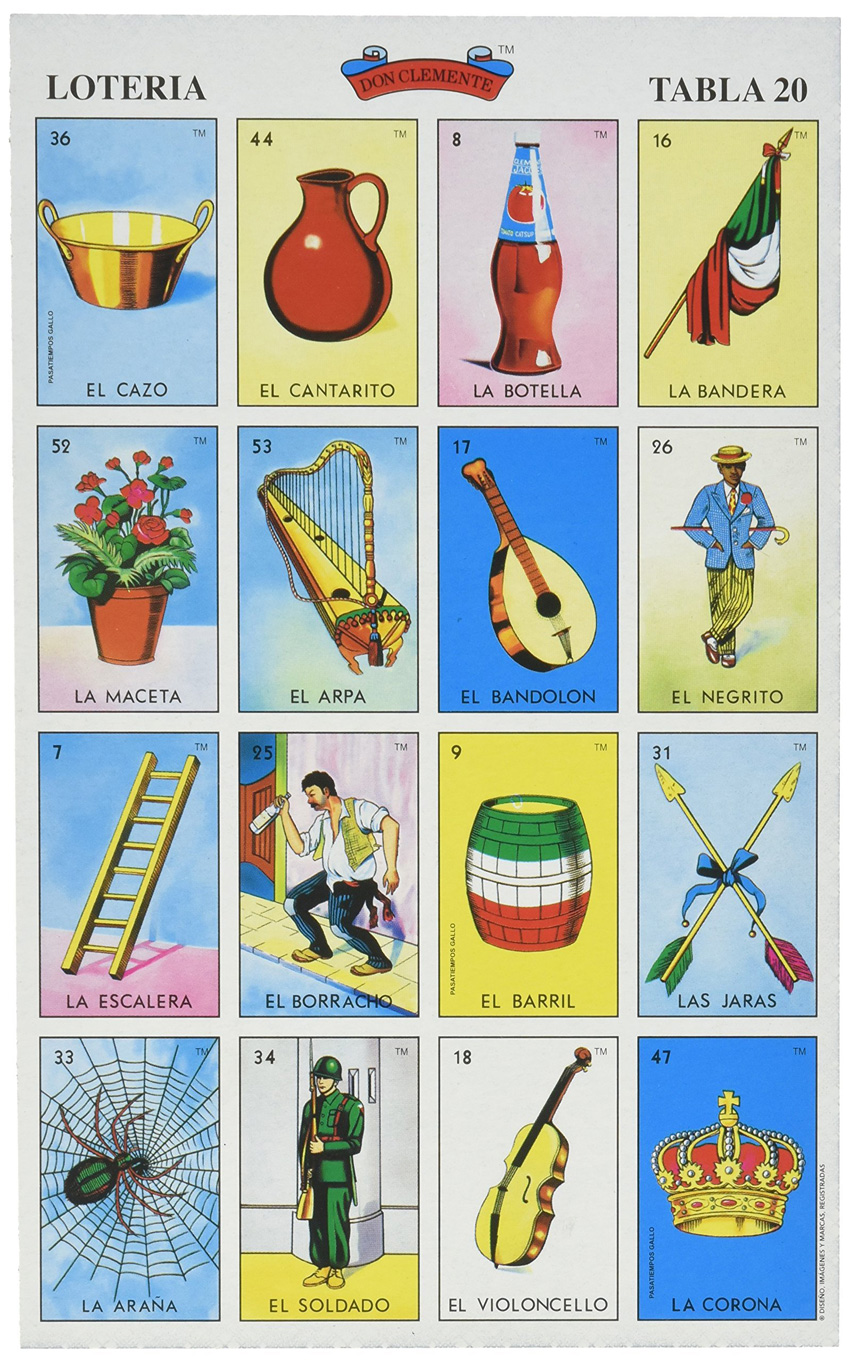
**************

Joseph Toone is Amazon's bestselling author of the San Miguel de Allende Secrets series of books and TripAdvisor's best rated historical walking tour guide. For more information contact toone.joseph@yahoo.com or visit History and Culture Walking Tours or JosephTooneTours.com, also on FaceBook.
You must register and log in to write a comment.
Please use the "login" link at the top (right) of the page.
|